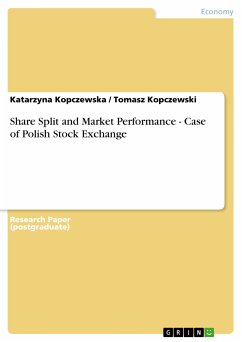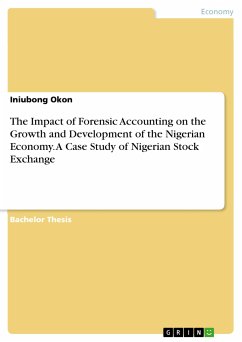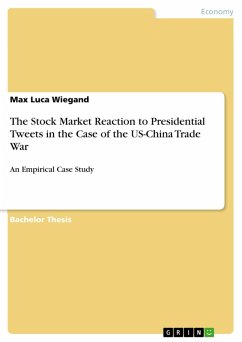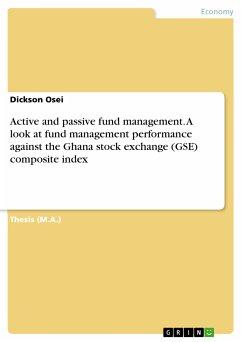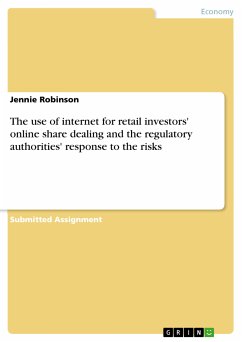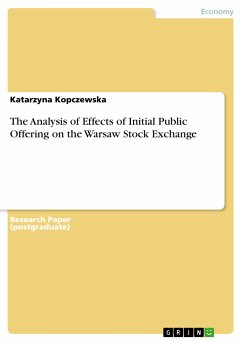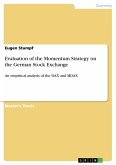Research Paper (postgraduate) from the year 2005 in the subject Business economics - Banking, Stock Exchanges, Insurance, Accounting, grade: advanced, Warsaw University (Faculty of Economic Sciences), language: English, abstract: The purpose shares split is to divide nominal value in given proportion eg. 2:1, 5:4 etc, what hat involves the proportional reduction of the price Splits are conducted on shares, both traded public and in private turnover. From the rational point of view split should have no other consequences for investors and for share price and should be treated as a cosmetic correction. For shareholders, split changes a nominal amount of shares, but it does not change the value of portfolio. Shareholders rights, Cash Flow and equity of company stay unchanged. In the history of the world stock exchanges the first shares splits took place in 1927. The earliest research is dated 1933 (Doodley 1933), but the top of popularity splits reached recently, since the '90. Easley, O"Hara, Saar (2001) report that the most of splits took place in 1997 on NYSE, when about 235 companies made a split. On average about 10% of firms decide each year to lower the share price. Some of companies made a split for many times as e.g. Johnson & Johnson (6 splits since 1970), Bouygues (12 splits since 1979) etc. The main question of researchers, investors and companies is " why to make a split?". Still the explicit motive of split is unknown. There are many hypothesis and case studies in the literature. All appearing hypothesis are clustered around some periods of time. In history of splits there are three main groups to be distinguished: .Since '30 up to '70 - from splits appearance to the market transformation during fuel crisis .Since '70 up to 1998 - form the development of modern financial instruments to the crisis of new technology companies .Since 1998 up to now and more Given above classification concerns mainly U.S. market, the most developed one in the world. But one should remember, that this market serves as a indicator of investments mood. It gives a direction of development and influences trends all over the world. So, everything what happens on the U.S. market is also about the rest of the world, but with some time lag.
Dieser Download kann aus rechtlichen Gründen nur mit Rechnungsadresse in A, B, BG, CY, CZ, D, DK, EW, E, FIN, F, GR, HR, H, IRL, I, LT, L, LR, M, NL, PL, P, R, S, SLO, SK ausgeliefert werden.

